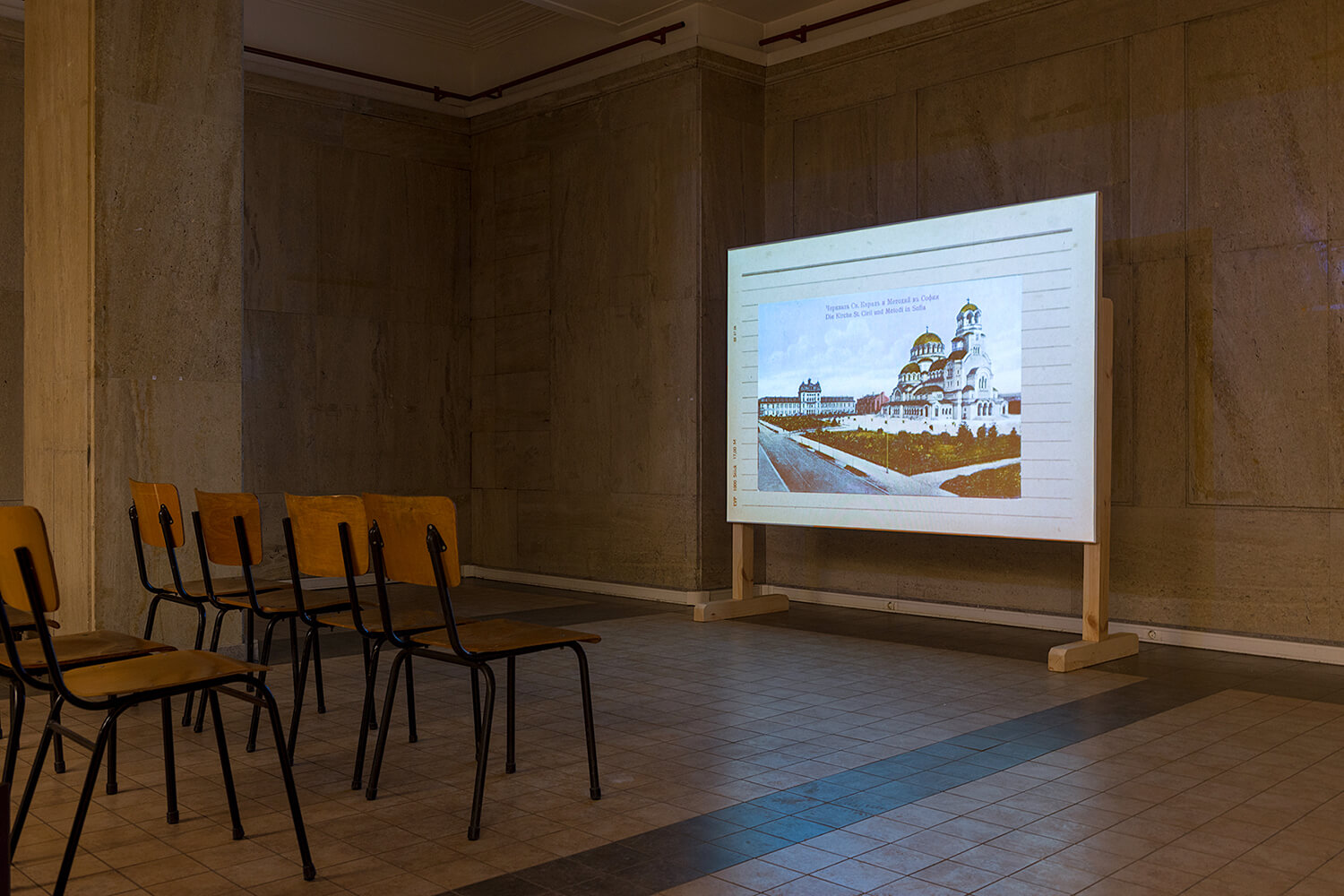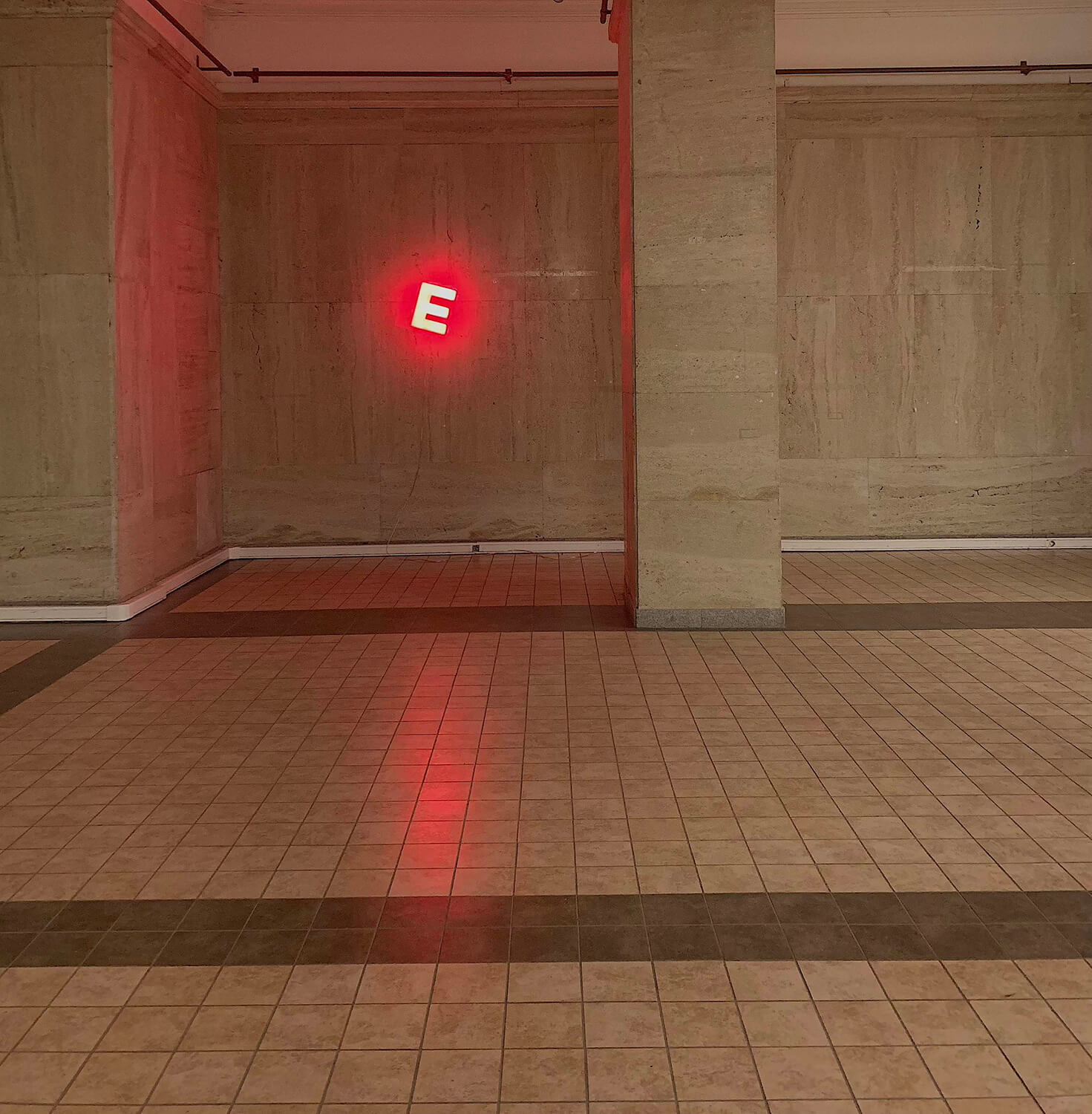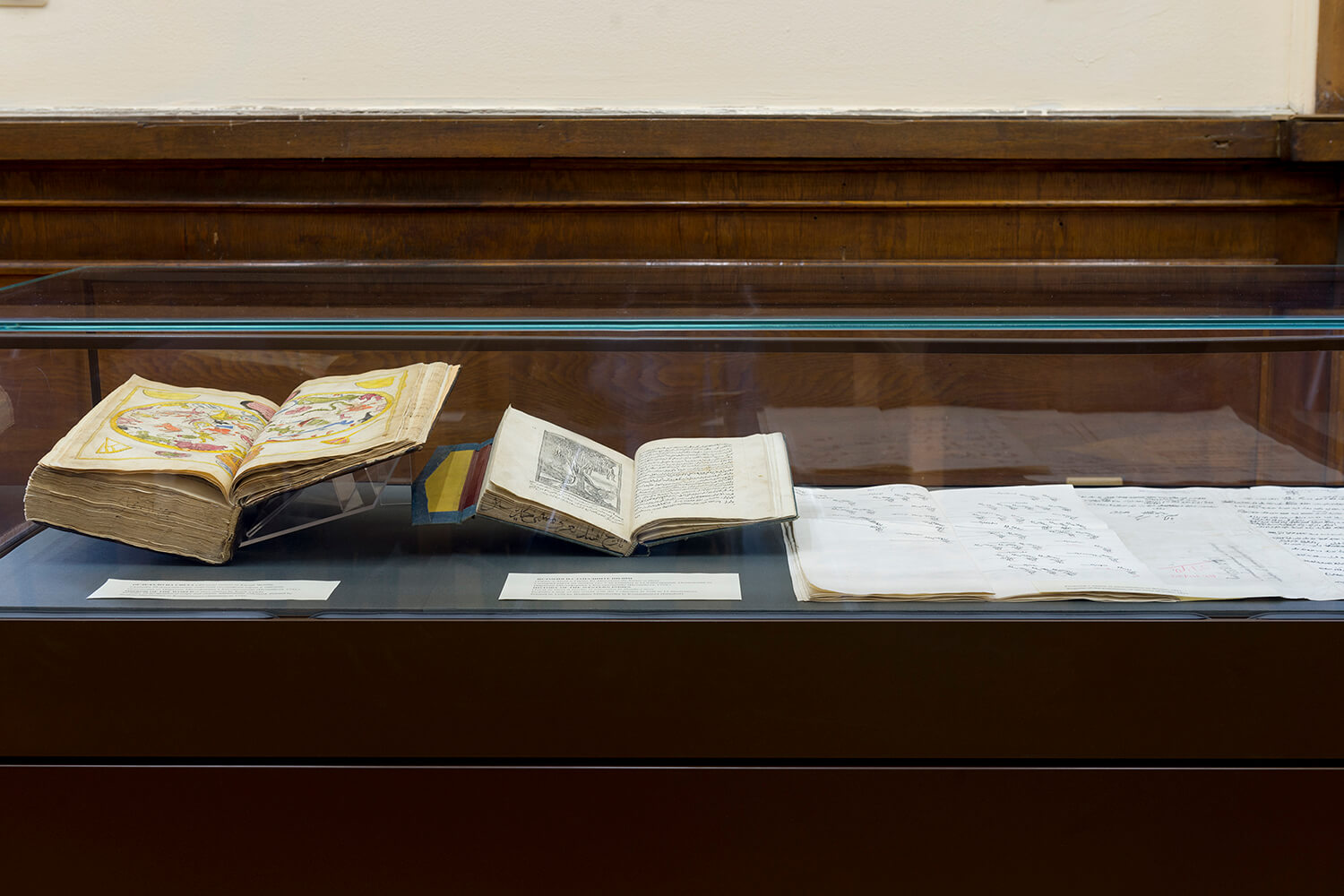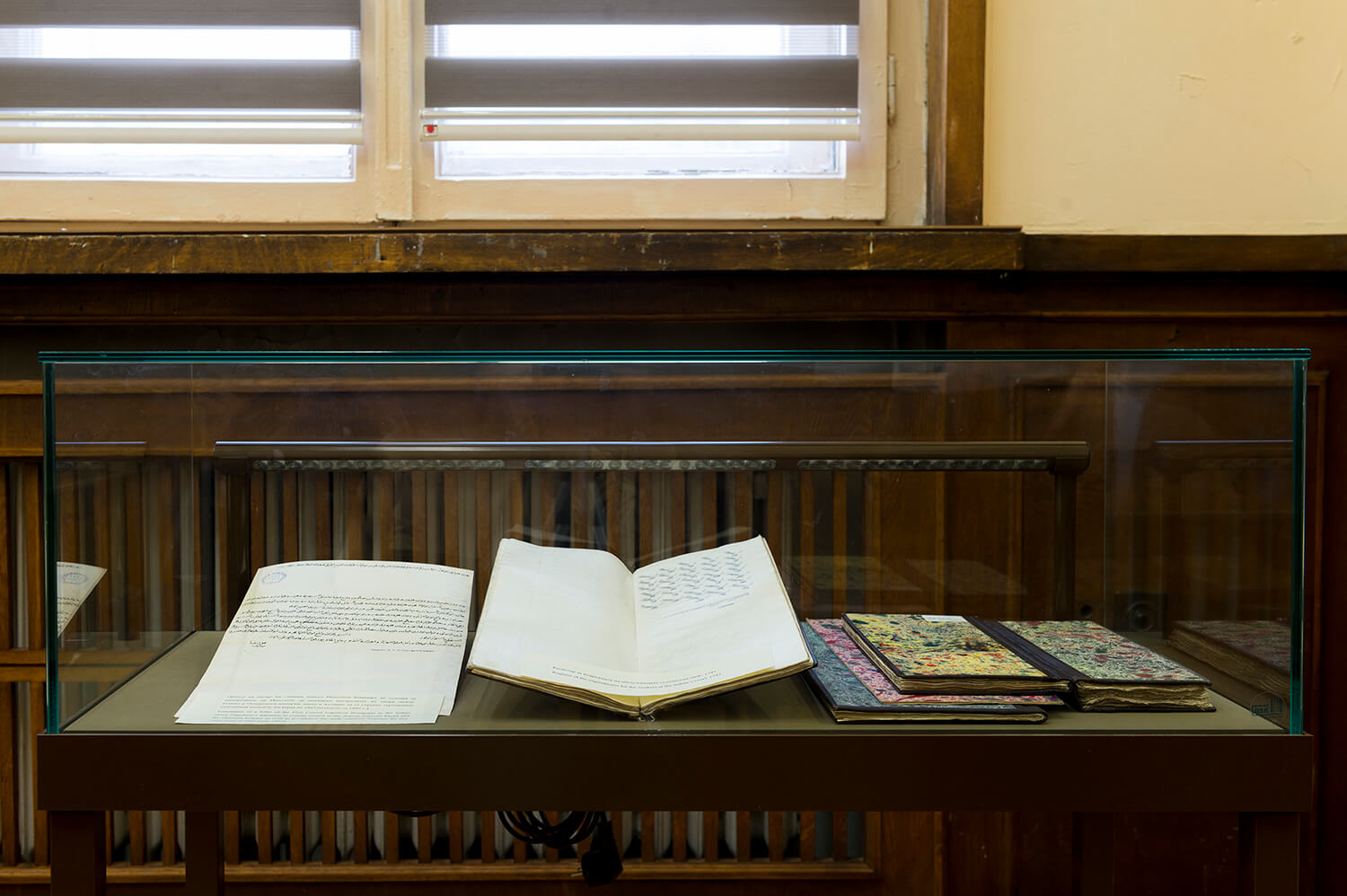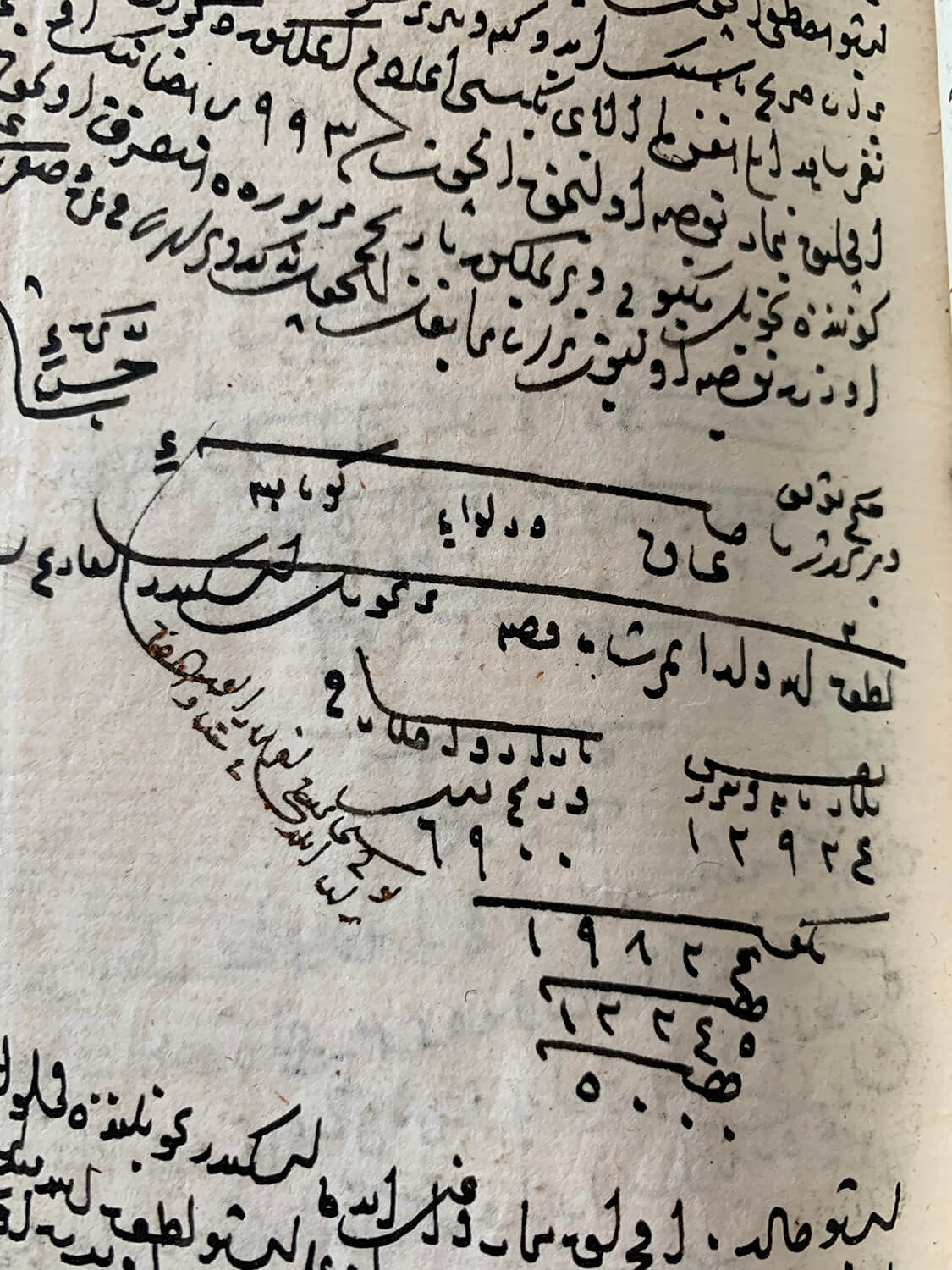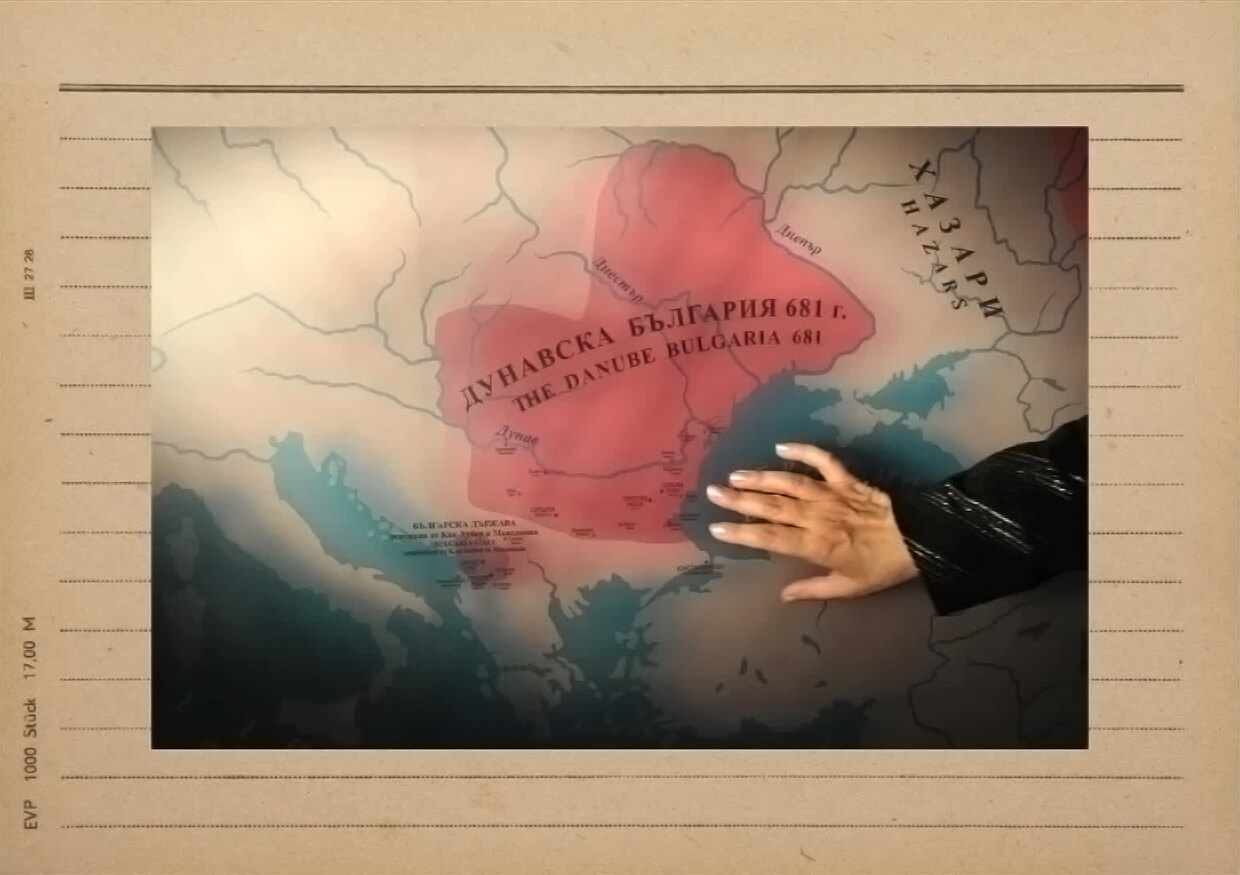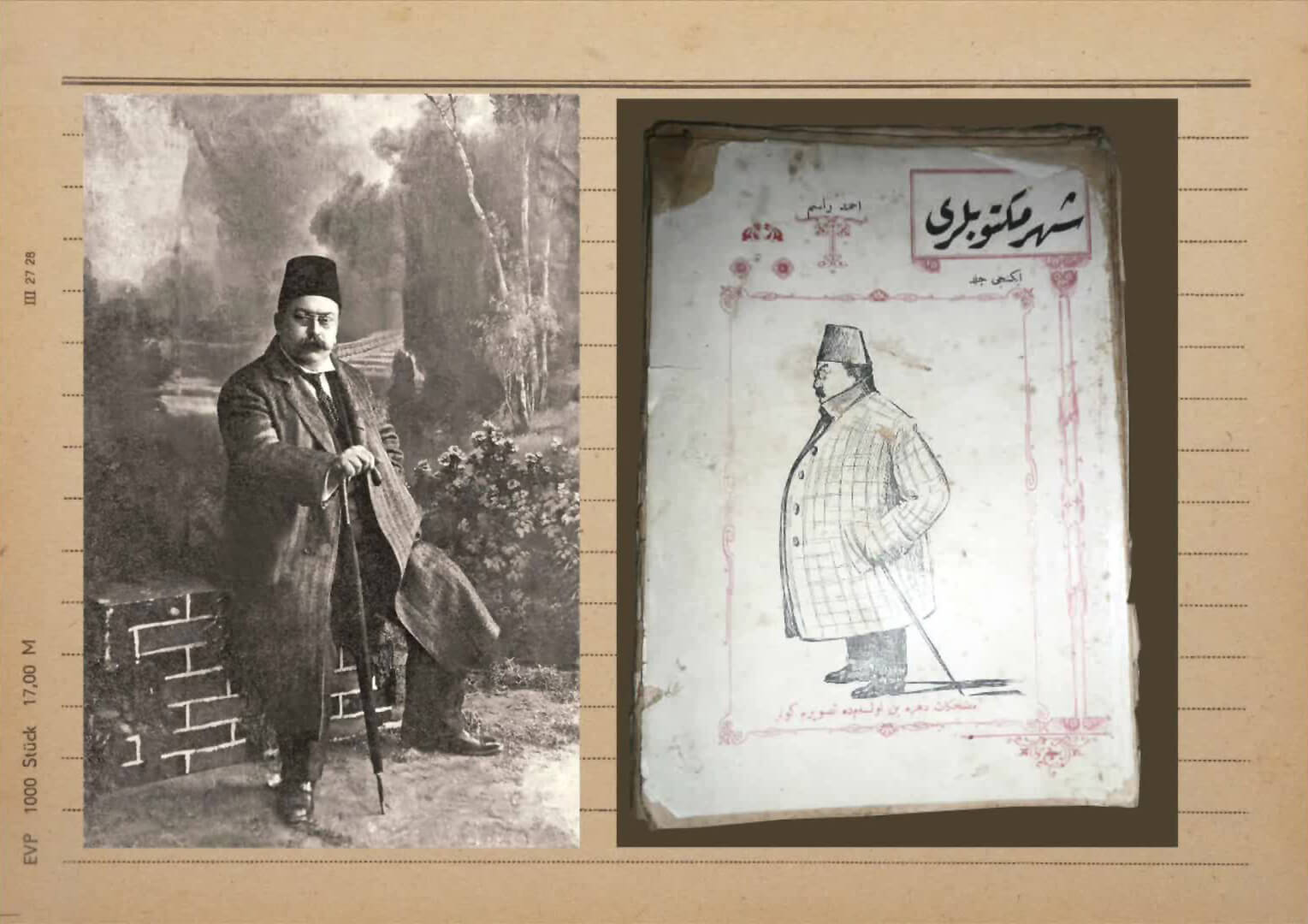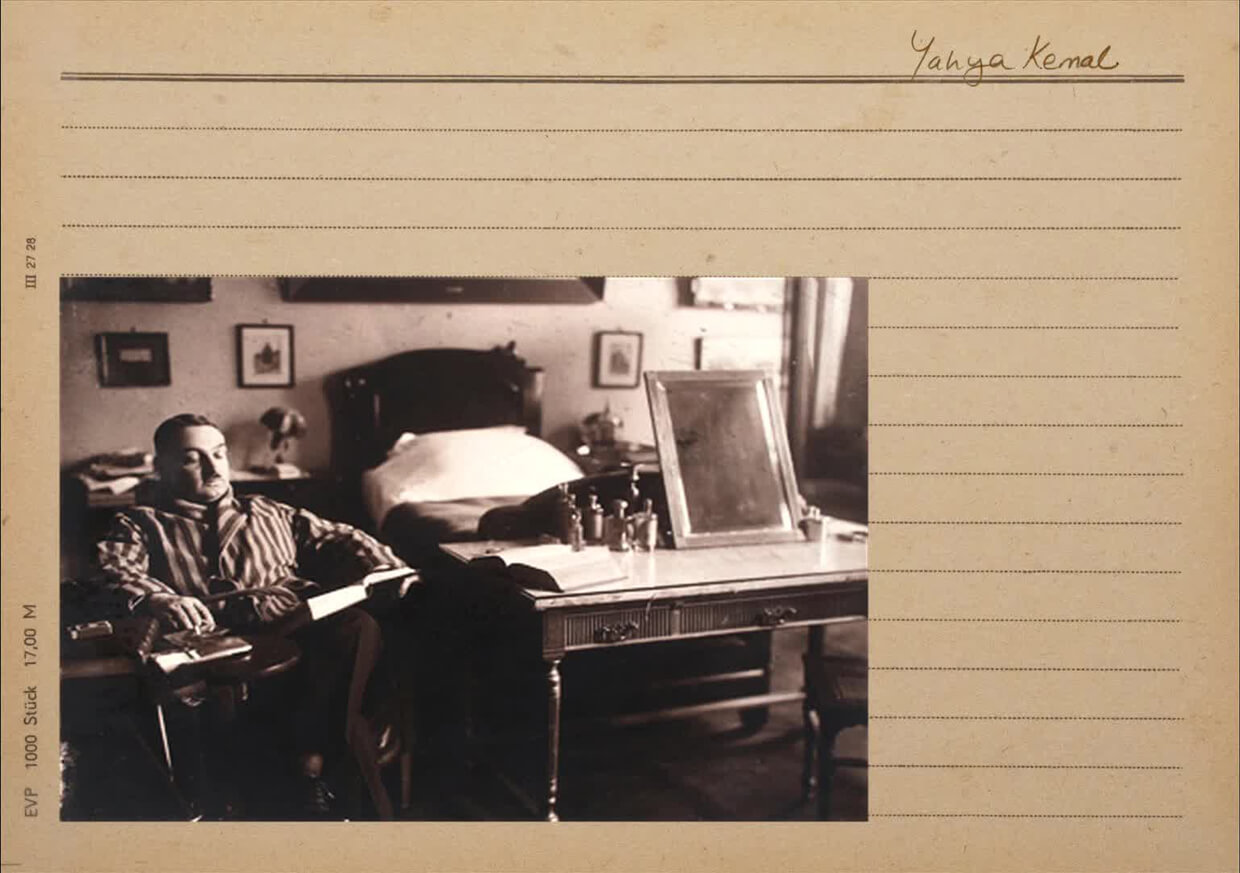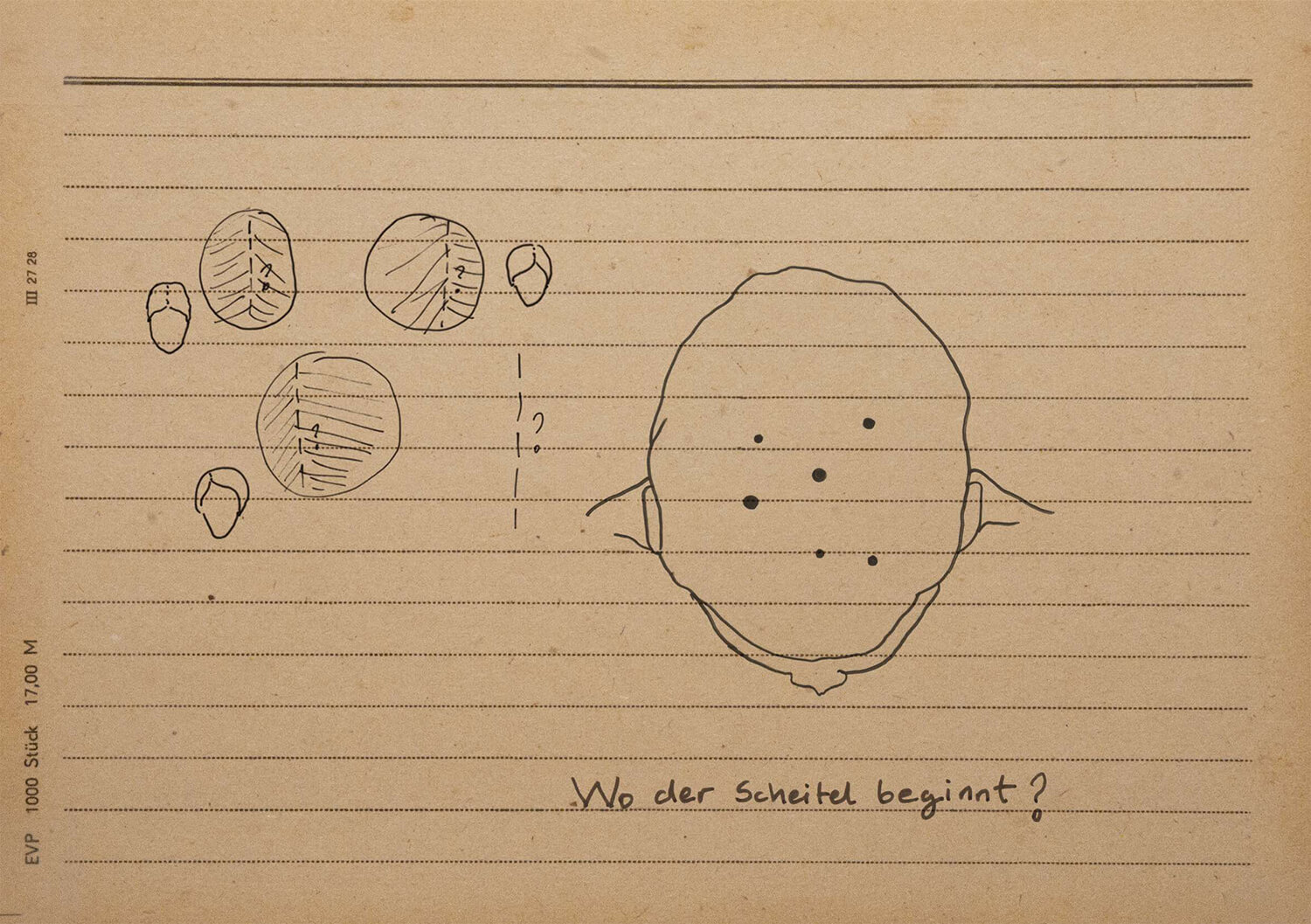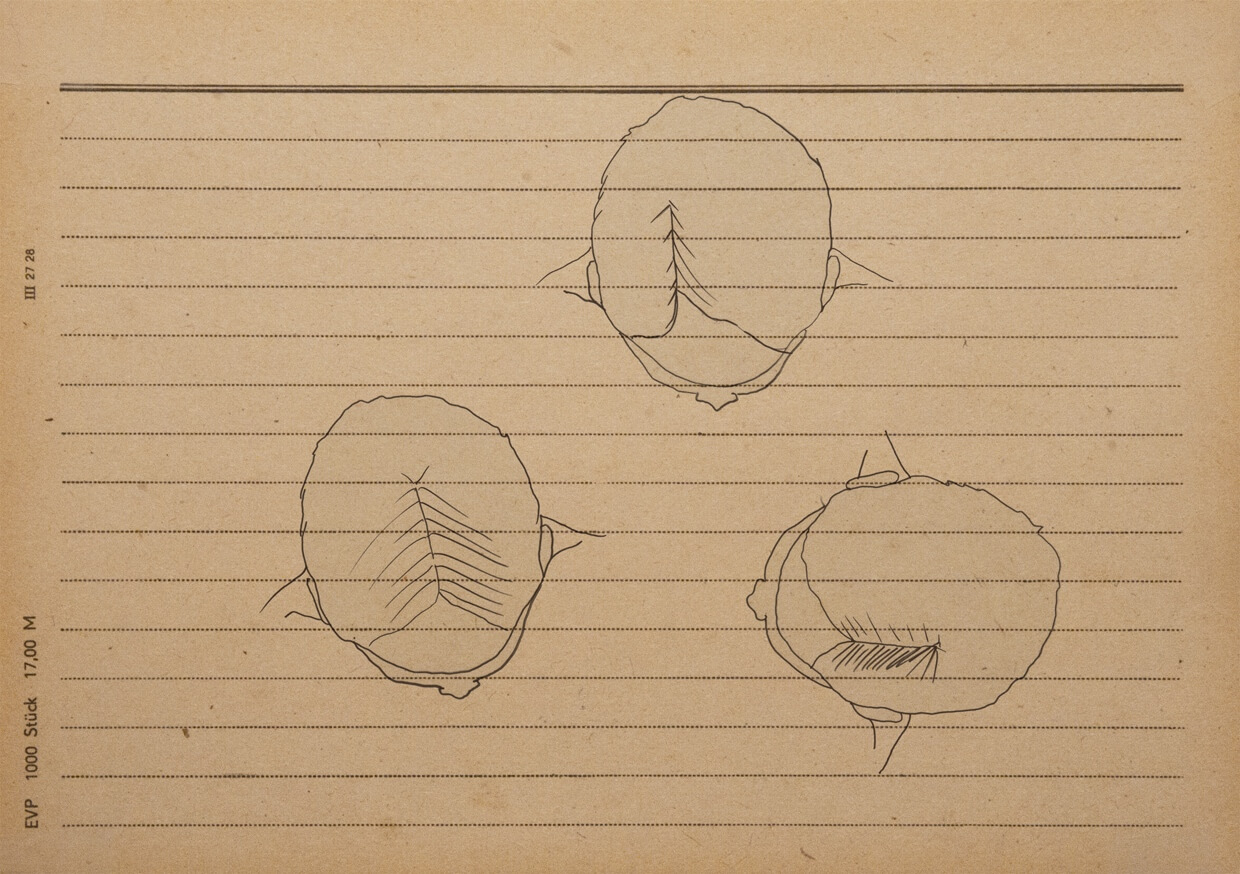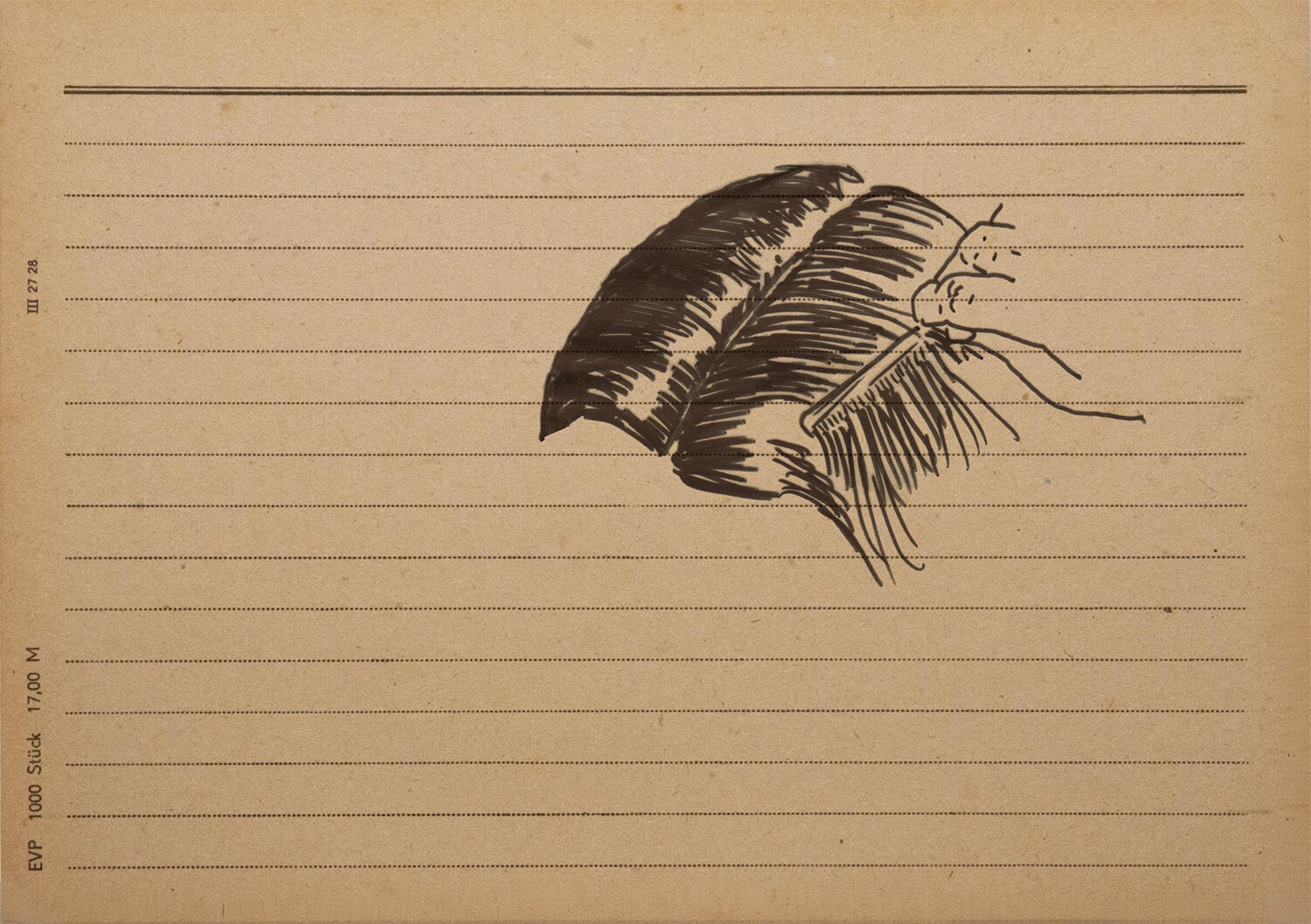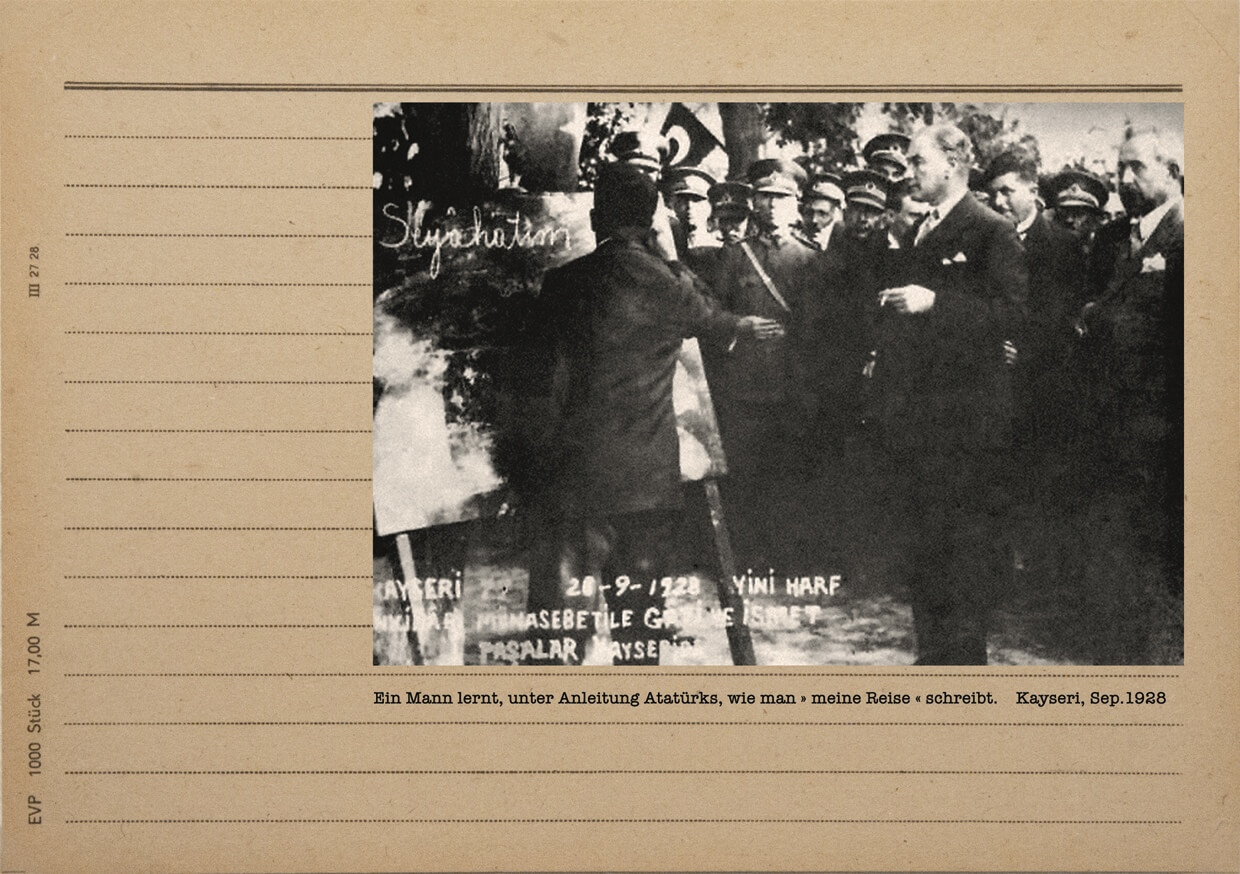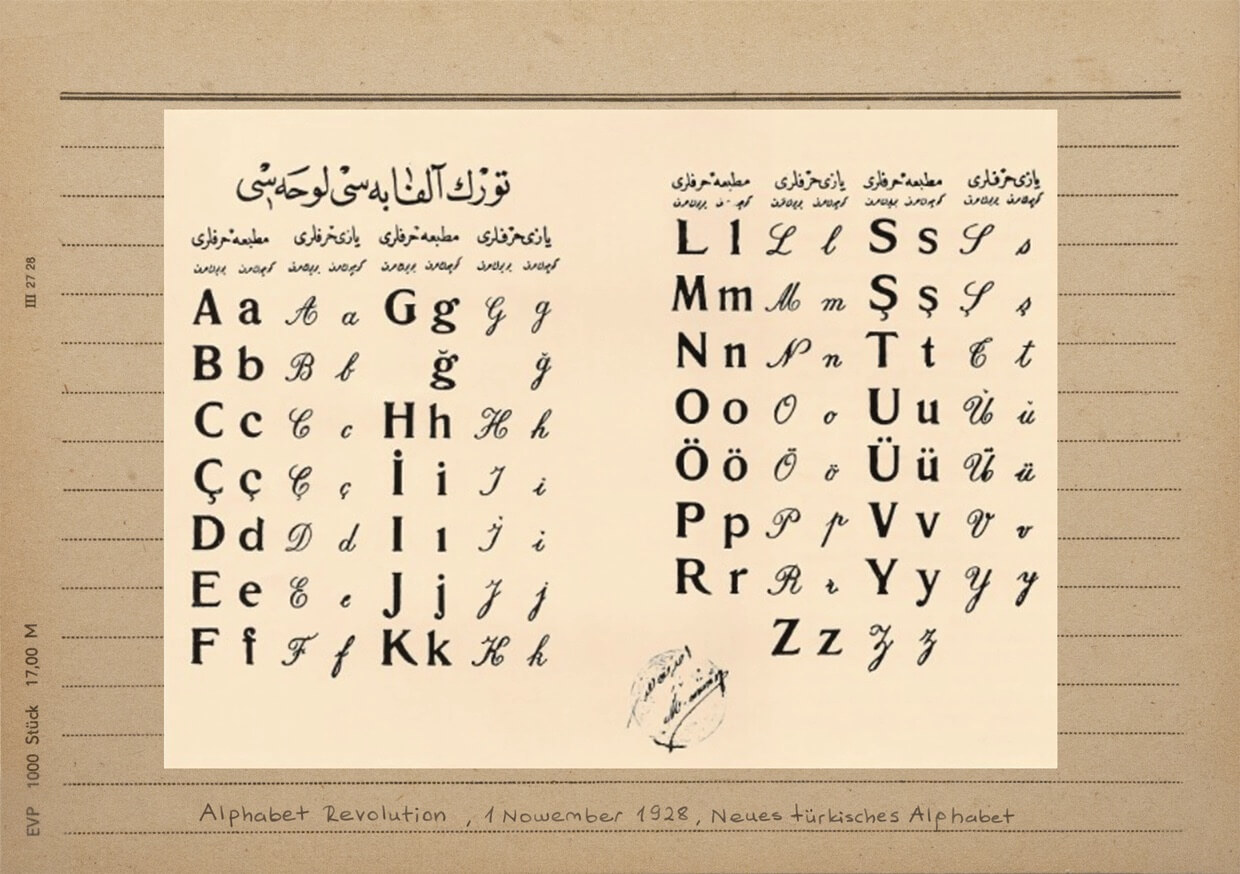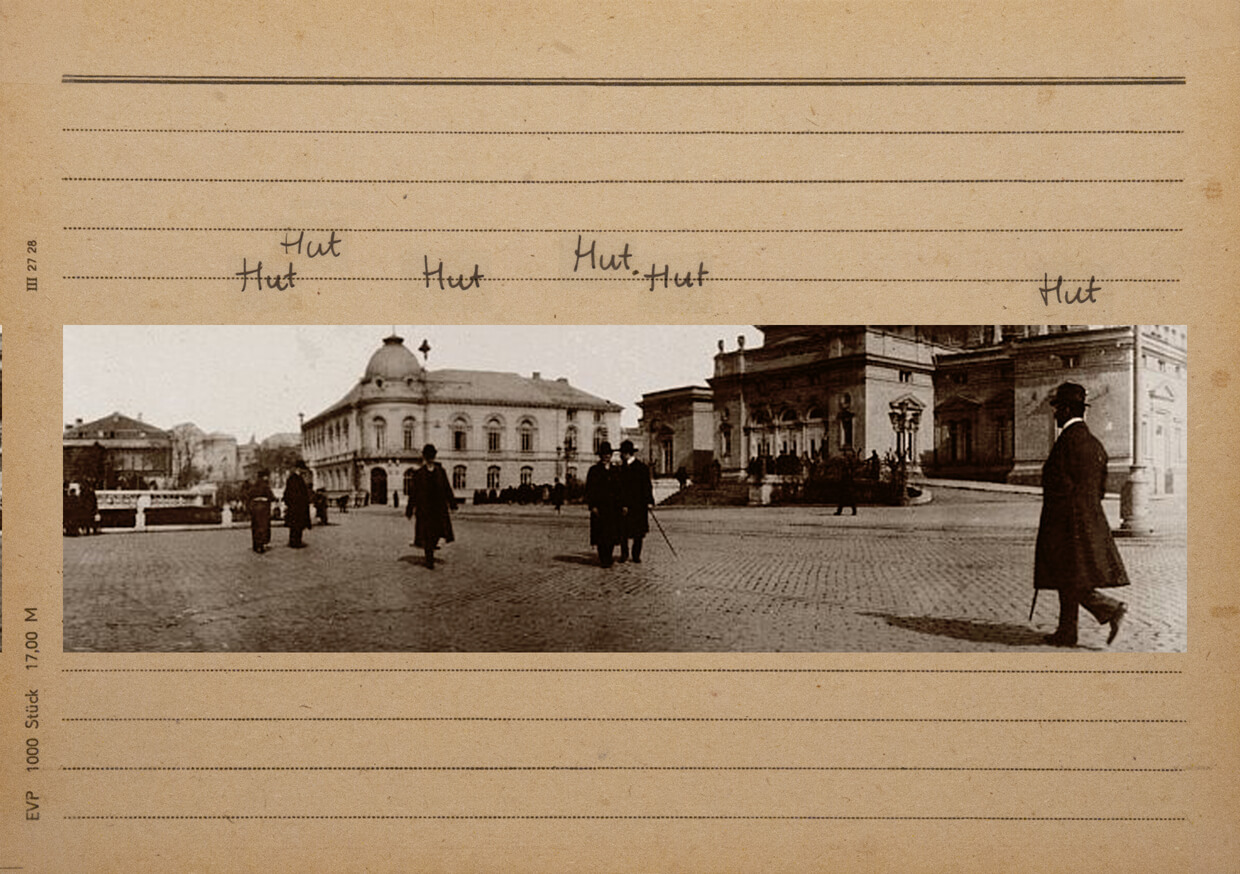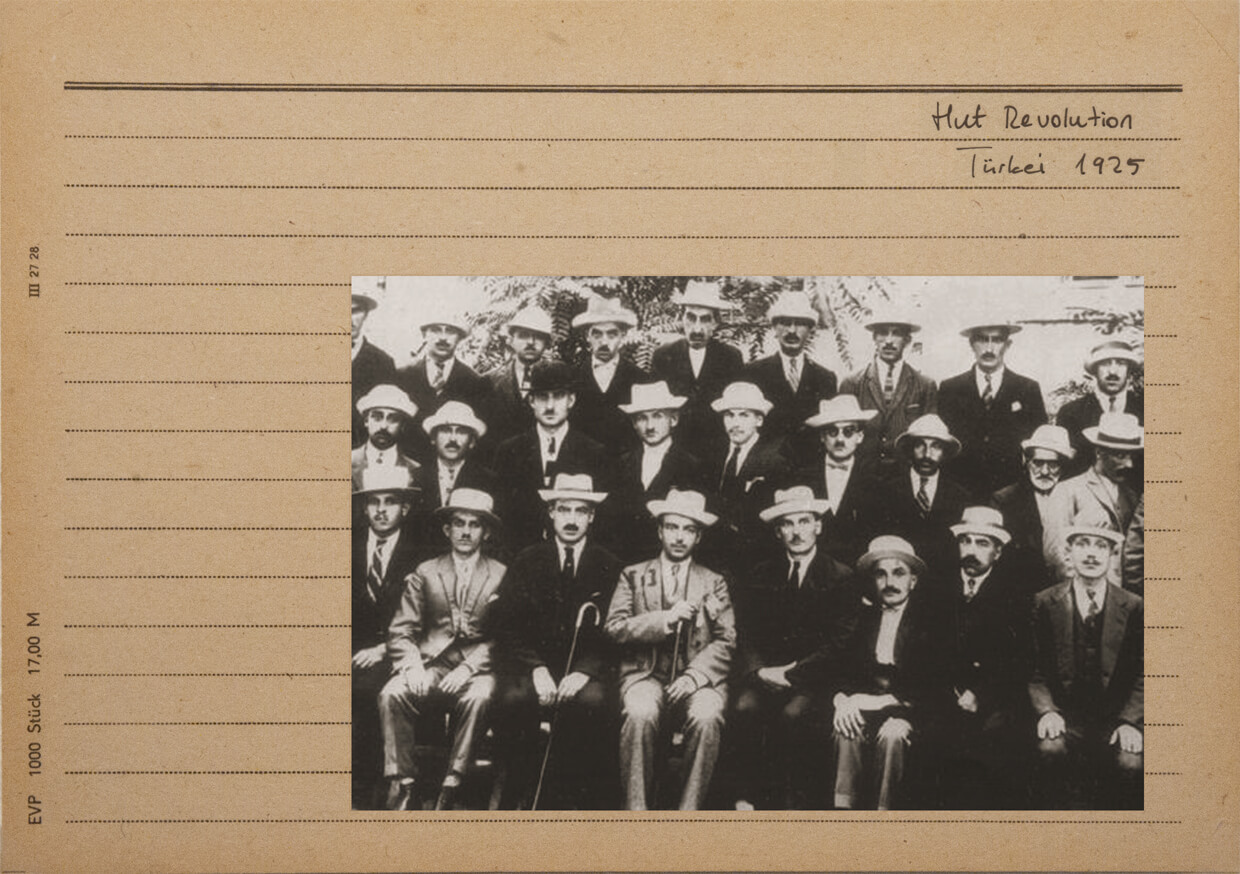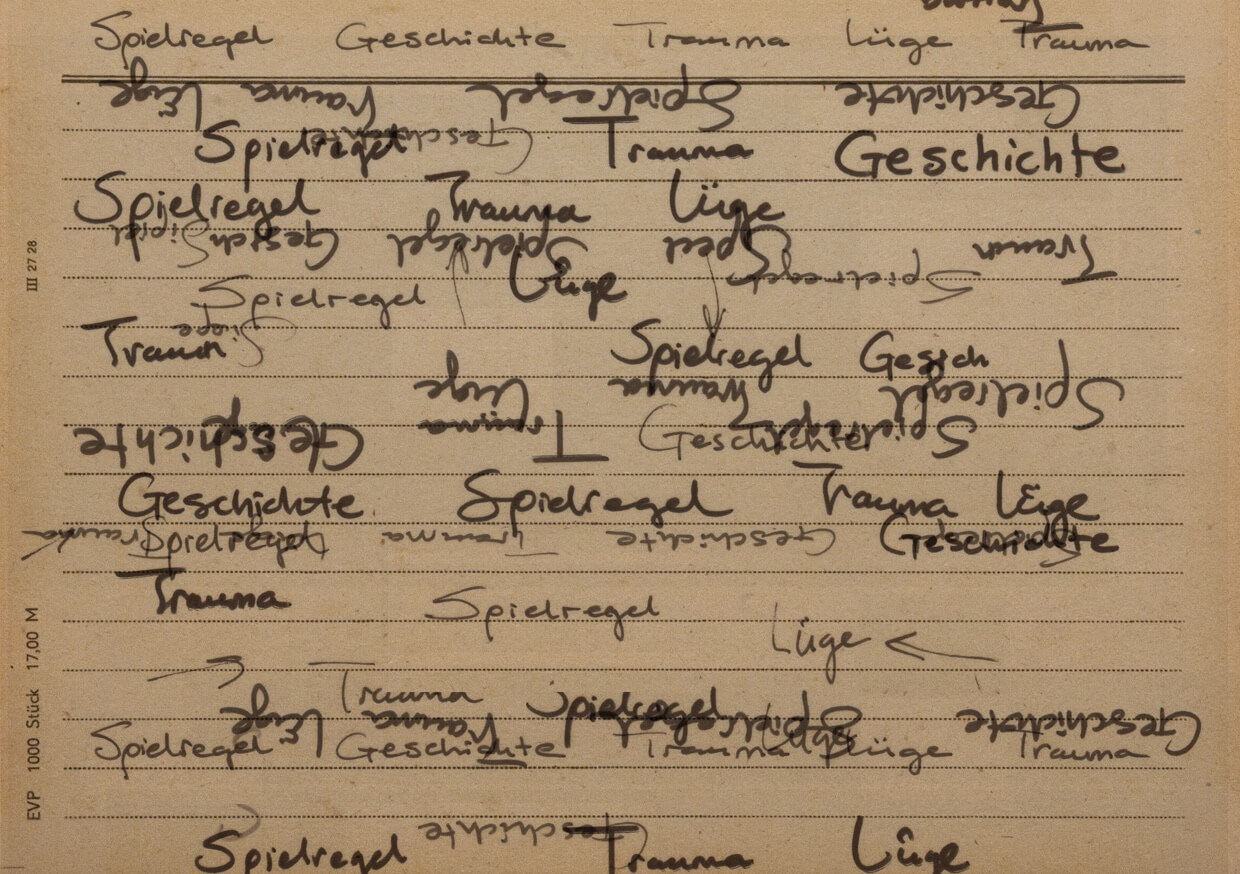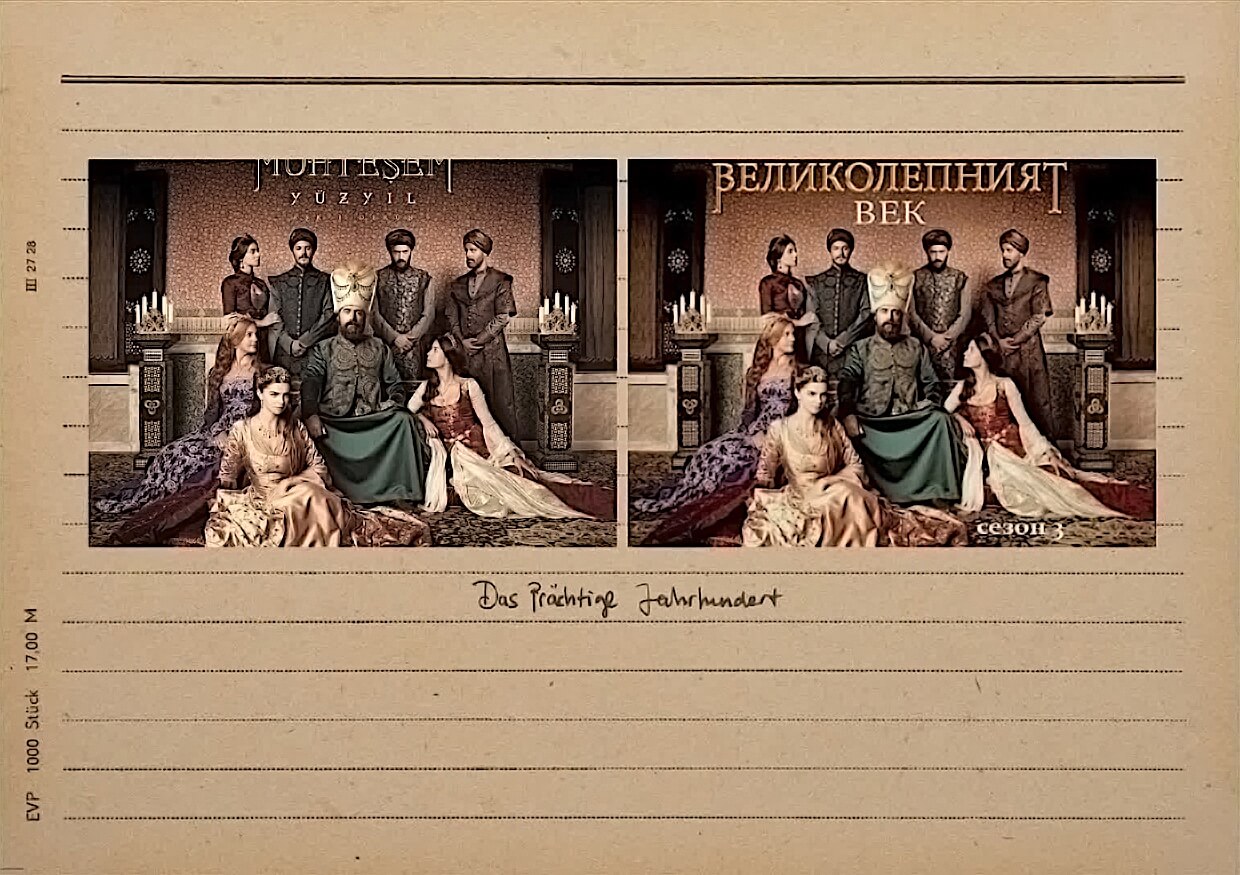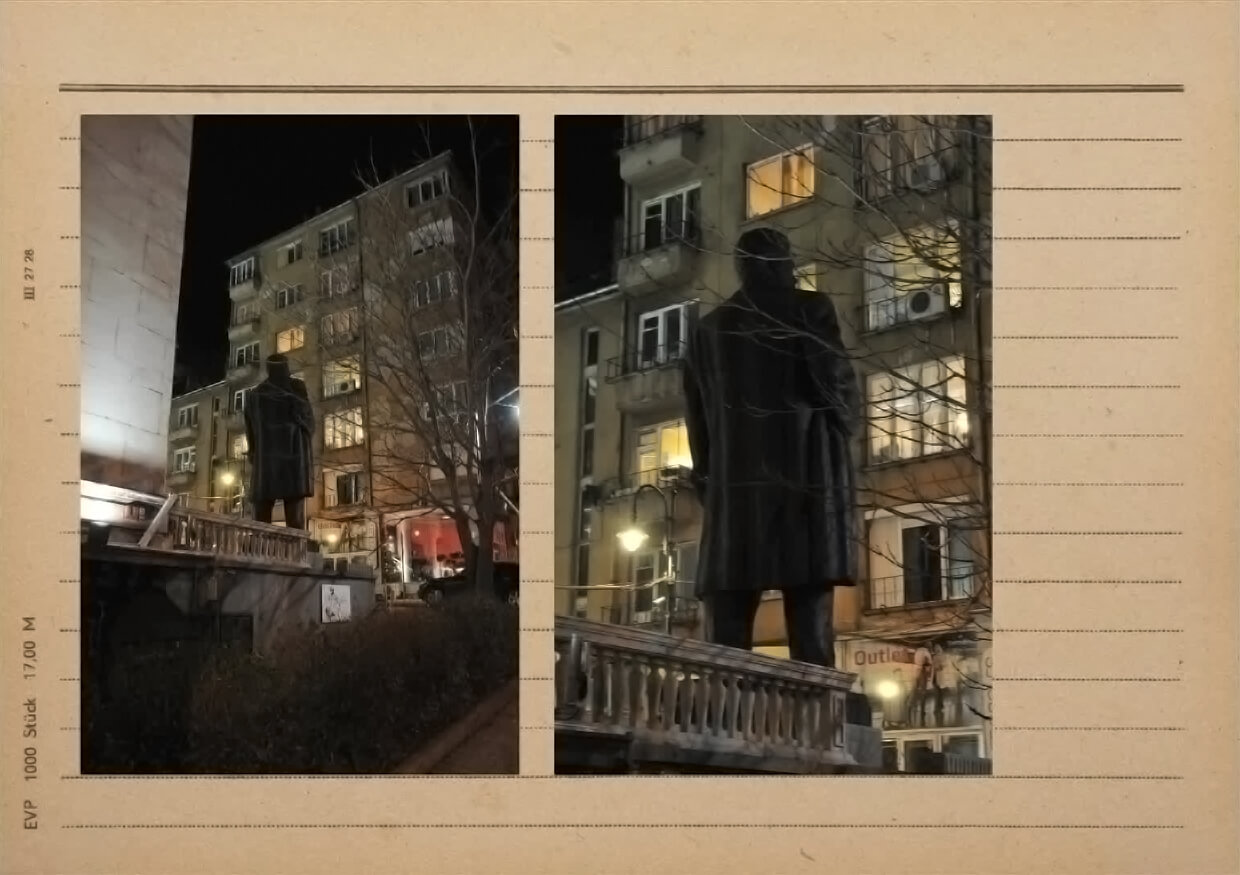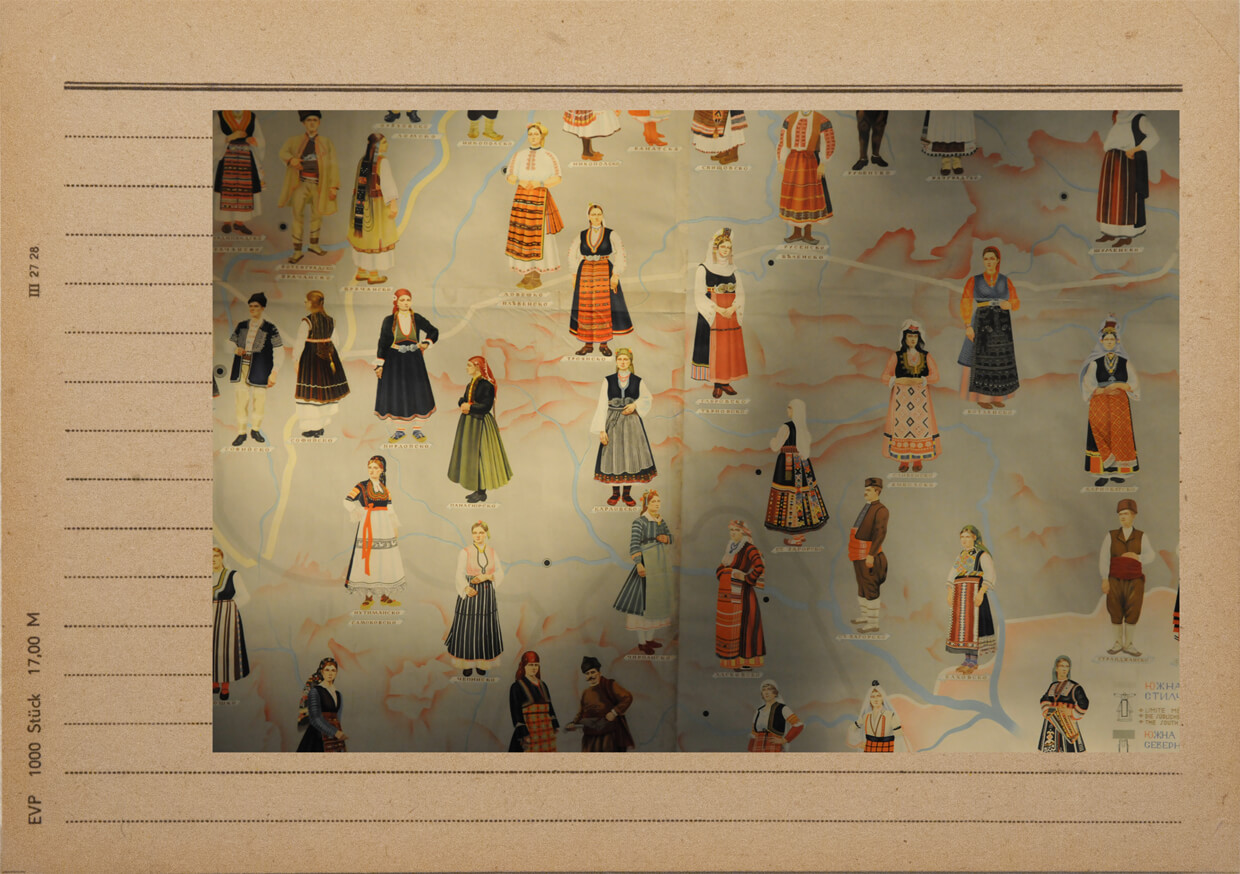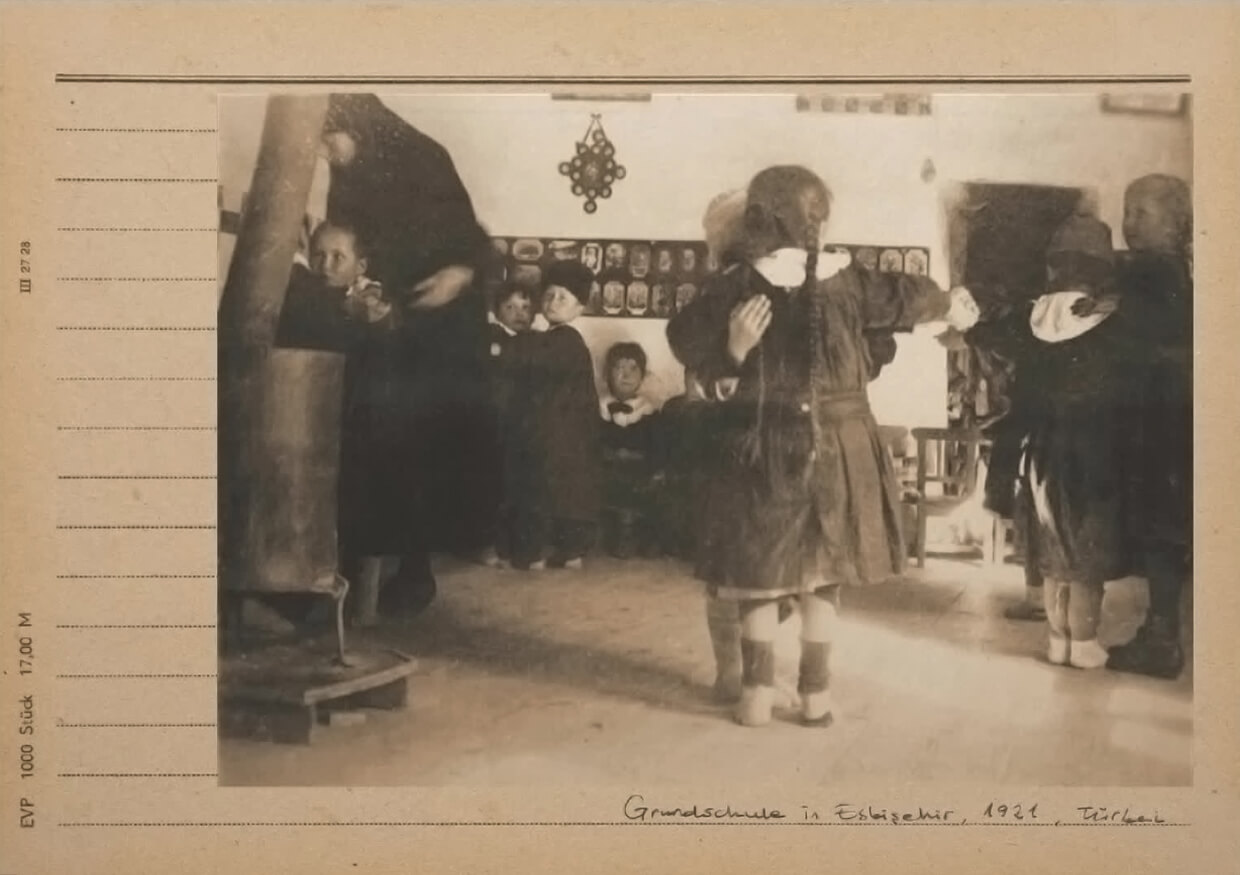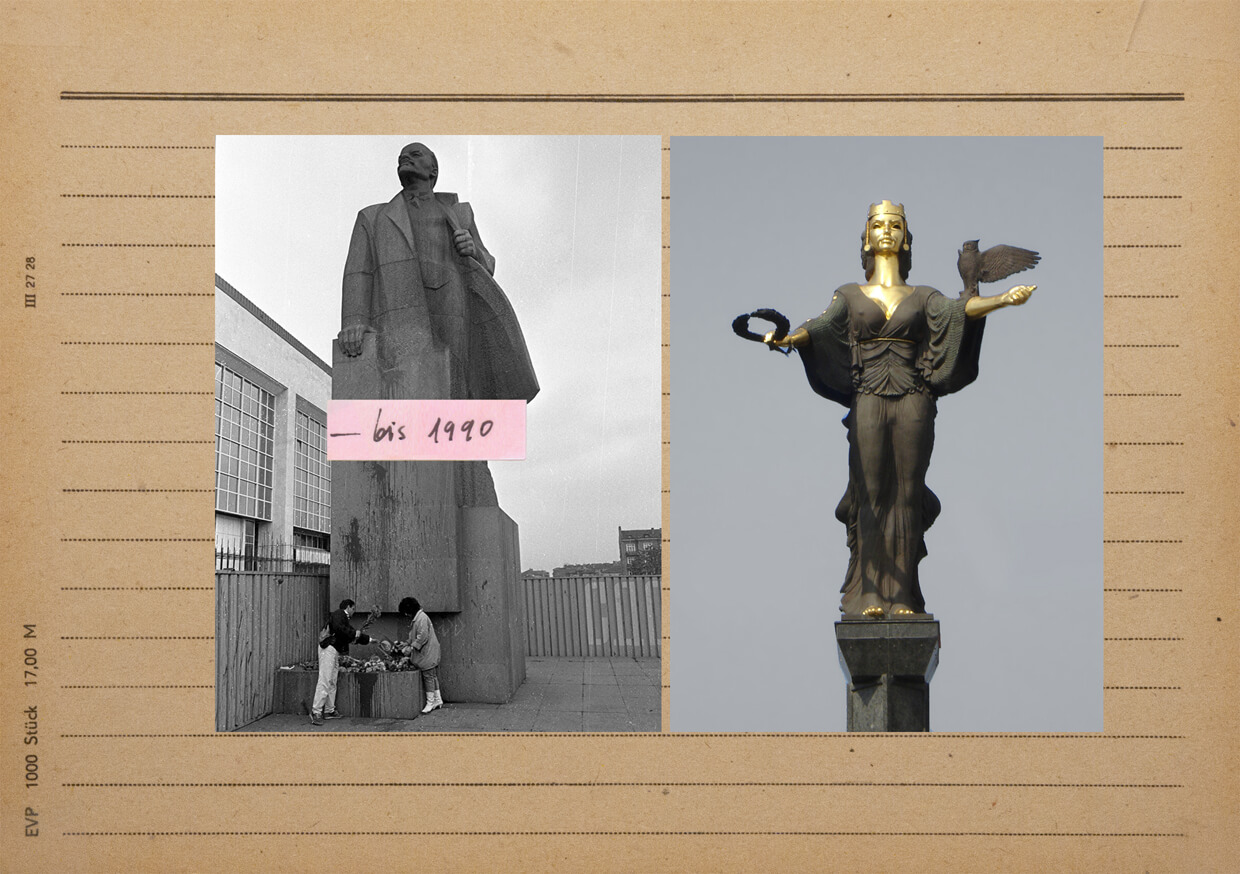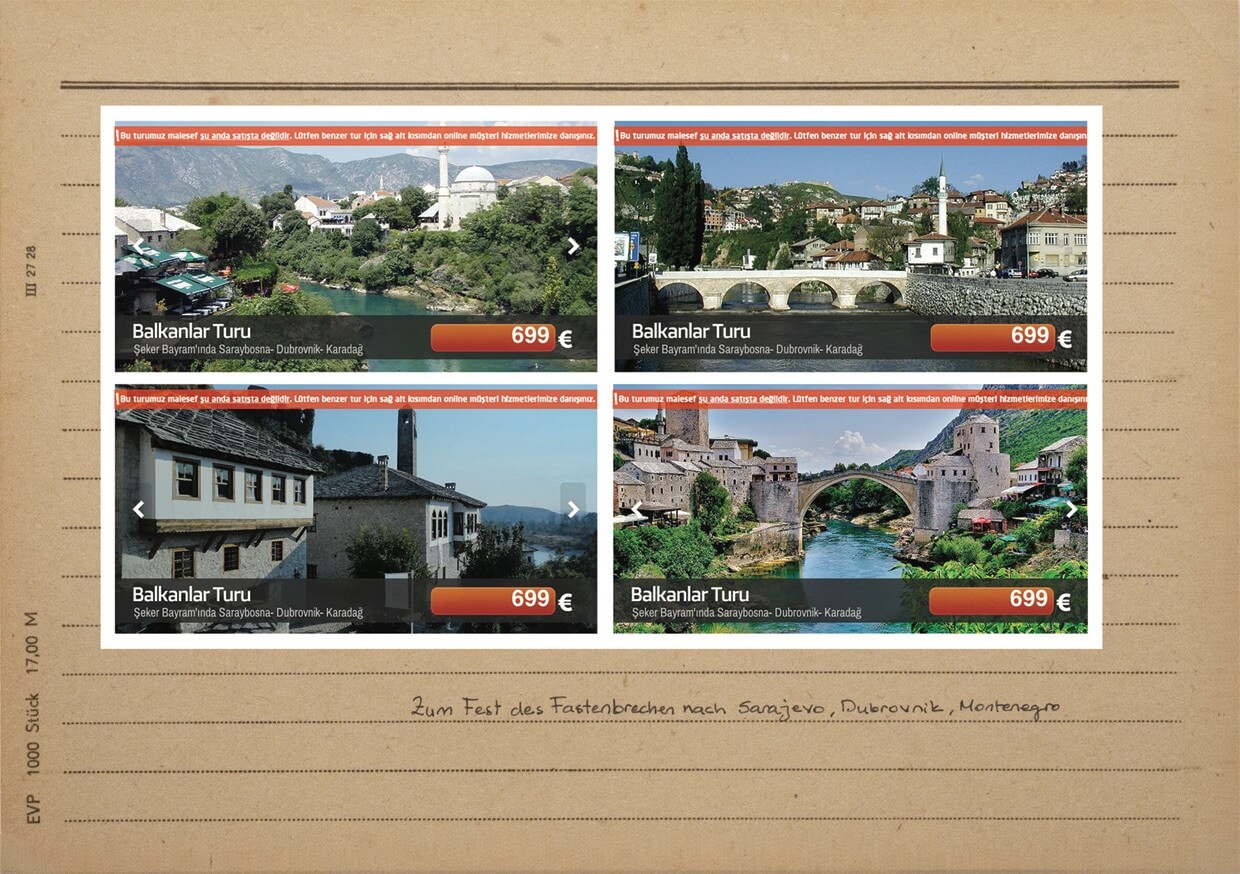2013, video installation, 31’09”
Developed for Zentrum Moderner Orient (ZMO), Berlin, Germany
| / |
The video installation A Possible History by Esra Ersen is a historical investigation, throughout which geography and time overlap. The work describes the five days that the character E. spends in Sofia, Bulgaria in 2013. The story, which is narrated in third person, flows along accompanied by Ersen's drawings, texts and collected photographs. E. travels to Sofia on a quest to search for traces of the Ottoman voyagers and literary figures who travelled to the Balkans in the late 19th and early 20th centuries. The character performs a historical reading with the help of various texts.. Ersen brings together seem odd, but provide insight into a European past that can be a Prospekt for a supranational Europe.
Having gained independence from the Ottoman Empire at the end of the 1870s, Bulgaria then turned a blind eye to almost the entire Ottoman Imperial period of its cultural history. Conditioned historicism exists in every nation-state that attempts to build a new identity – as was the case with the Republic of Turkey. For Turkey, this new identity was exemplified with the institution of a new capital city, and hence a parallel reading of Sofia and Ankara leads the audience to question the history and construction of both cities.
After the collapse of the socialist state in 1989, the cultural narration of Bulgaria began to open out to include other ideas and possibilities, which led to a renewed interest in historical readings. In A Possible History this situation is explained with the following statement: "History is now everyone's hobby in the Balkans, which makes sense. After all, it's not microbiology or anything like that."
